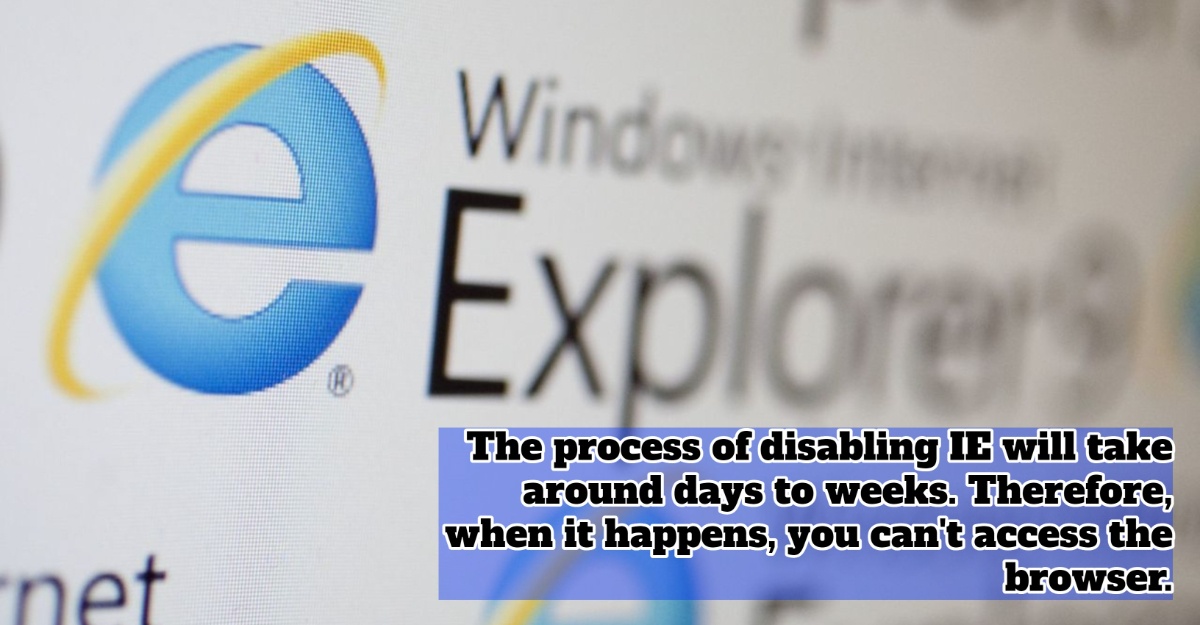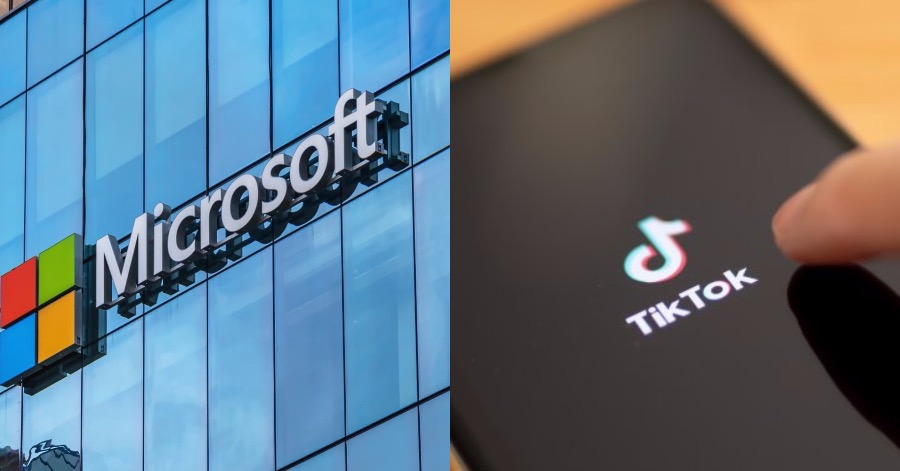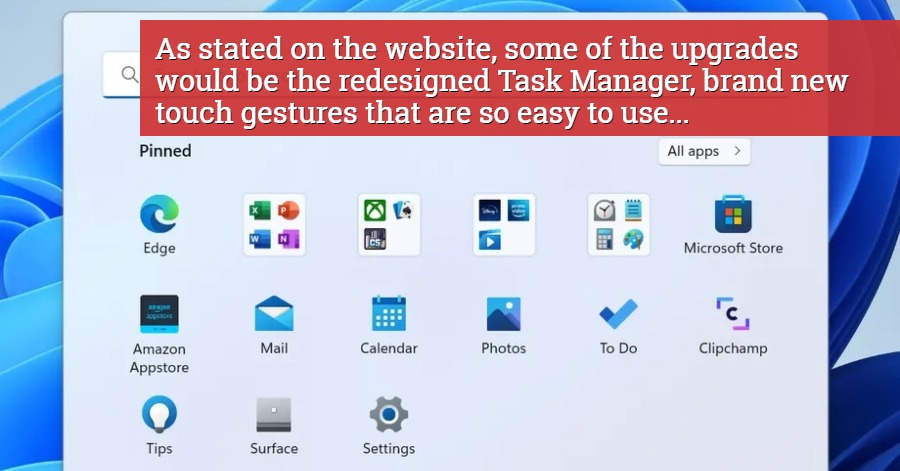Last June, Microsoft announced the retirement of Internet Explorer (IE). It meant IE didn’t get security updates. However, it was still useable for those who preferred this browser to Google Chrome, Firefox and others.

Yet, through an update to the modern Chromium-based Edge browser, a newly-improved IE, Microsoft will no longer roll out updates for the ‘ancient’ browser on certain Windows 10 versions.
The process of disabling IE will take around days to weeks. Therefore, when it happens, you can’t access the browser. Instead, you’ll be redirected to Edge.
Additionally, the company will remove the ability to reverse this change. Thus, you won’t get to access IE anymore. Yet, in June, Microsoft will remove all visual references of IE to the maligned browser.
Microsoft confirms it will only affect Windows 10
To Windows 11 users, don’t fret. The disabling process won’t affect your device. It’s only eligible for Windows 10. Keep in mind that this also has some exceptions. One of them is the Long-Term Servicing Channel (LTSC) version or China Government Edition.
But, if you’re still using Windows 7 or 8.1, Microsoft says that IE11 will remain in support, meaning the company notes that “Edge version 109 will be the last supported version.”
More disabling processes will be made soon
Did you know? Microsoft announced to annihilate IE in 2021. The company noticed the Edge browser will still have an IE compatibility mode. This applies to companies with legacy websites. Yet, the mode will disappear completely in June 2029. Thus, you can expect more disabling processes over Internet Explorer in the coming years.
Sources: Microsoft, lowyat.net








